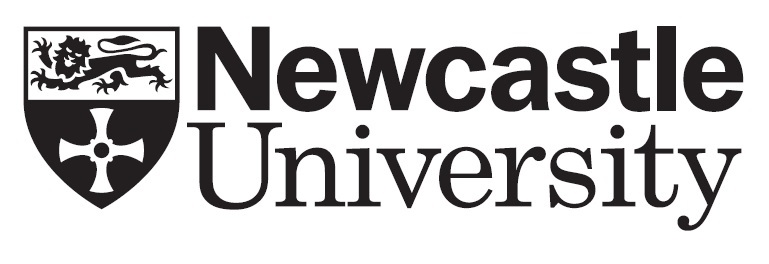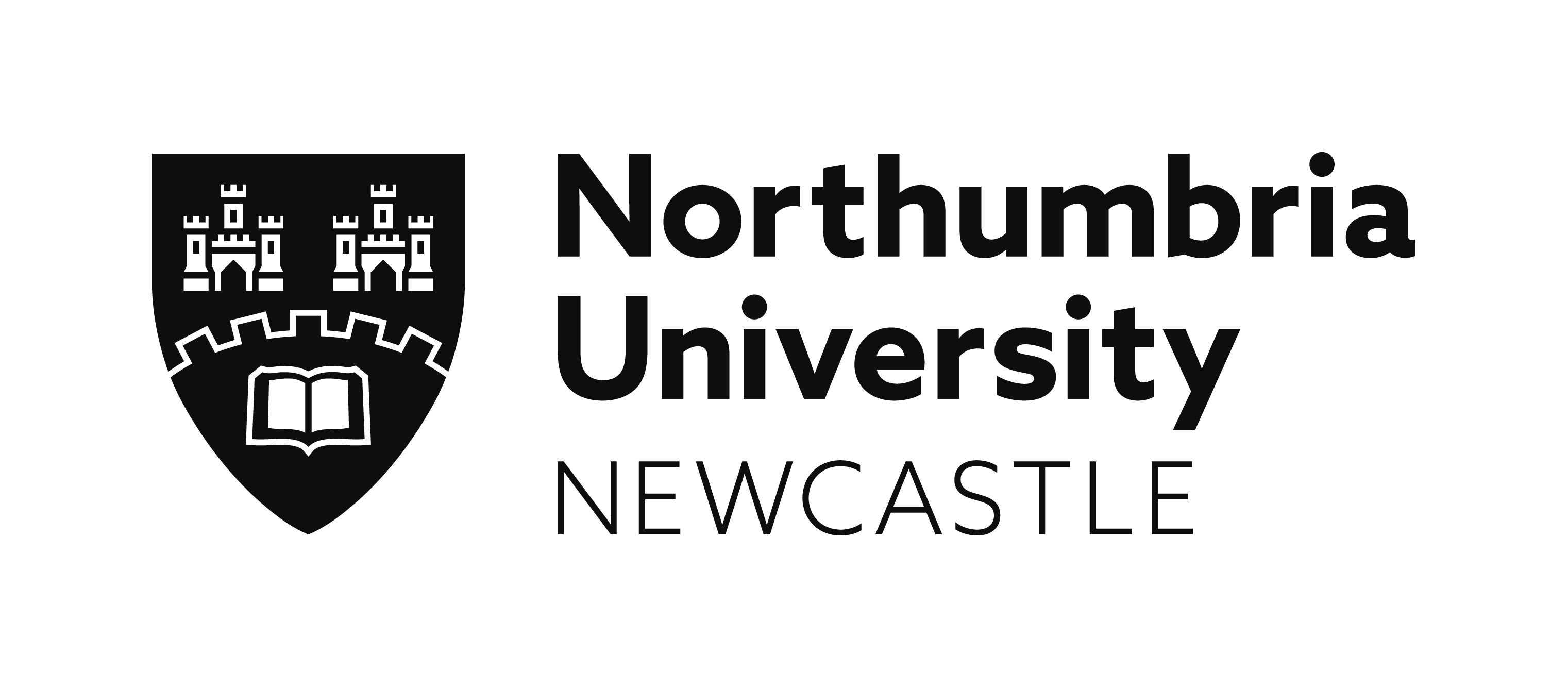Political Appropriations
Elke Krasny, Academy of Fine Arts, Vienna
Lara Perry, University of Brighton
Appropriation in art-making is the re-use and recontextualisation of already existing images and objects, especially already existing artworks by other artists. Discussions of cultural appropriation have foregrounded, for example, the epistemic violence of colonial and neo-colonial appropriation in the aesthetics of primitivism. This panel shifts the focus to the ideological dimension of appropriation as it has re-emerged in the politics of the ‘post-truth’ era, when rhetorical devices have displaced the value of the utterance in political speech. Art and other forms of image have played a central role in the communication of political values in the current transformations of European and global politics. In particular, the political logic of populism turns to the appropriation of the body, gender, sexuality and race in imagery and art. The papers trace how the paths of political agency transform the significance of visual, material and digital culture and the very bodies which artworks inscribe.
Speakers
Living with Uncle Sam in the Islamic Republic of Iran: Anti-American iconography and the pictorial jihad
Katy Shahandeh (SOAS, University of London)
Borrowed Images in 16th-Century Peasant Pamphlets and their Political Message
Jonathan Trayner (Southampton Solent University)
‘Poor Images’ and Memes as Icons of the Post-digital Present
Helena Schmidt (Academy of Fine Arts, Vienna)
‘Blood Coming Out of Her Whatever’: Sarah Levy’s menstrual portrait of Trump
Camilla Mørk Røstvik (University of St Andrews)
Colectivo Sociedad Civil: Performing civil disobedience in Peru
Hansel Sato (Academy of Fine Arts, Vienna)
Appropriating the Body: Coalition-making as a feminist strategy in contemporary art – for and against neoliberal politics?
Hana Janečková (Charles University Prague)
Click here to download this session's abstracts or view below
Living with Uncle Sam in the Islamic Republic of Iran: Anti-American iconography and the pictorial jihad
Katy Shahandeh (SOAS, University of London)
This paper will analyse the anti-American imagery produced after the Iranian Revolution (1978–79), which reflected the anti-American sentiments and ideology of the newly formed Islamic Republic of Iran (IRI) and was a politically expedient strategy and self-perpetuating myth that became a core pillar of the regime’s ideology and its sense of identity. Signs and symbols were crucial to this myth-making process, especially in a Shi’i country such as Iran with a proclivity for visual culture and symbolism. The bilateral war of ideologies portrayed in these images, thus, relies heavily on stereotypes, employing a universal visual language that eschews the need for words and involves a semiotic manipulation of widely and internationally recognised symbols of America such as the American Flag, Lady Liberty and Uncle Sam which are appropriated to signify the antithesis of their original signification. This visual propaganda was largely based on the concept of making the enemy visible and present by plastering its image around the country (aided by the many anti-American art competitions held nation-wide) and portraying it as evil and corrupt, whilst at the same time portraying the IRI as righteous and incorruptible by virtue of its opposition. It, therefore, implements a two-pronged tactic of attacking and defending at the same time, becoming the visual battlefield upon which the IRI is in full semiotic control of the dialogue for ideological supremacy, and which allowed them not only to proclaim a pictorial jihad against the US but to emerge victorious.
Borrowed Images in 16th-Century Peasant Pamphlets and their Political Message
Jonathan Trayner (Southampton Solent University)
This paper will discuss the possibilities of using the radical dissenting pamphlets of 16th century Germany to form connections between the study of the visual culture of early-modern Europe and the study of the aesthetics of other, more contemporary, subaltern and alternative histories. The art history of early 16th century Germany printmaking tends to focus on the prestige material of early print masters, such as Dürer, Bergkmair and Beham, with the ephemeral material of the pamphleteers only being discussed in sociopolitical terms. I will argue that the study of the prints produced by the printers sympathetic to the dissenting peasants of the 1520s, as an example of a subaltern visual culture, has the potential to re-vivify the study of early-modern art history in a context where other narratives are, quite rightly, being developed. The paper will outline the following points of appropriation: where visual cues were consciously taken from Lutheran pamphlets and used to promote the political subject-hood of the peasants; the way in which the peasants gained agency by taking ownership of the distribution of images of the radical peasant; and how these images returned to ‘proper’ art-historical forms to provide a hidden subtext within later depictions of peasants. This approach is suggested by the work of Ranajit Guha, who discusses the social and political importance of the German Peasants’ War of 1525 in his work on peasant uprisings in colonial India, and will be developed using the political and aesthetic ideas of Jacques Rancière and Ernesto Laclau.
‘Poor Images’ and Memes as Icons of the Post-digital Present
Helena Schmidt (Academy of Fine Arts, Vienna)
This paper focuses on Hito Steyerl’s concept of the ‘poor image’ (Steyerl 2009) and combines it with contemporary, politically motivated meme-trends. Steyerl describes the ‘poor image’ as a ‘copy in motion’, a poorly resolved digital reproduction of the supposedly rich, high-res original, which meanders through the Internet as a seemingly infinite multiplication of itself, constantly altered and inserted into new contexts. Memes are a variation of this new pictorial class, which are based not only on cat images, but also images of public figures, classical paintings and everyday media images. They are re-contextualised, for example, through the addition of text or other images, in order to comment on culture in real time. Angela Nagle describes how these memes are agents in online culture wars and how they helped conservative political movements (such as the alt-right) to enormous success (Nagle 2016). On the other hand, there are leftist, feminist, activist projects that consciously use memes (@feministmemeschool, @hybris0815, @ibiza_austrian_memes). Especially for art education it is important to a) critically reflect such trends and b) to work with these new artistic strategies.
‘The world is changing and so is art’ (transl. from German), writes cultural scientist and online expert Michael Seemann in the introduction of What's Next? Art Education (Kolb, Meyer 2015 p.5) and stresses the importance for art education to concentrate on the contemporary ‘managing mediums of distribution’. Focusing on the image as the ‘managing unit of the present’ (Schütze 2018 p.75-89), this contribution concentrates on political memes as a new pictorial form, which may be poor in resolution but very rich in societal influence.
‘Blood Coming Out of Her Whatever’: Sarah Levy’s menstrual portrait of Trump
Camilla Mørk Røstvik (University of St Andrews)
In the middle of the 2015 battle for the US presidential nomination, then-potential candidate Donald Trump remarked that Fox News anchor Meghan Kelly was untrustworthy as she had ‘blood coming out of her whatever’. This was supposed to connote that Kelly, and women more generally, are not reliable when menstruating. In response, artist Sarah Levy painted Trump with her own menstrual blood and created the portrait Bloody Trump (Whatever). This paper considers the background of the creation for this artwork, the technical and creative skills on display in the portrait, and the subsequent political, activist and media interest in the work. Drawing on visual analysis, communication with the artist and critical feminist theory, this paper argues that Bloody Trump (Whatever) is one of the key artworks of the Trump era.
Colectivo Sociedad Civil: Performing civil disobedience in Peru
Hansel Sato (Academy of Fine Arts, Vienna)
On 9 April, 2000, the day of the presidential elections in Peru, where autocrat Alberto Fujimori was running as a candidate for the third time, a group of artists and cultural producers started a collective action in the public space that will mark the birth of the Colectivo Sociedad Civil (Civil Society Collective). The performance consisted of a symbolic funeral of the Oficina Nacional de Procesos Electorales (National Office of Electoral Processes) in front of the Palace of Justice. Thousands of people were carrying candles and crucifixes. They watched over a funeral coffin for 28 hours, peacefully protesting against the electoral fraud. This was the starting point for collective performances such as Lava la Bandera (Wash the Flag), a ritual action that occurred in May of the same year in the Plaza de Armas de Lima (Lima’s Main Square). The organisers invited all citizens to wash the Peruvian flag with soap and water and hang it on ropes in the Plaza de Armas. This action was repeated weekly in the same square and was replicated in more than 22 cities inside and outside the country. Art theoretician Gustavo Buntinx called this action a ‘participatory ritual of national cleansing’.
In the middle of the Peruvian armed conflict and Fujimori’s authoritarian government, how did art and collective performances challenge and resignify what counted as political? How did the temporary reappropriation of national symbols change the collective imaginary? And what can we learn from this symbolic resistance in times of demagogy and populism in Latin America?
Appropriating the Body: Coalition-making as a feminist strategy in contemporary art – for and against neoliberal politics?
Hana Janečková (Charles University Prague)
In recent years, health activism has been increasingly intertwined with art and its institutions, ranging from autonomous artist-run health clinics for refugees (Glasgow Autonomous Centre, Klinika Prague) to institutional programming in small and large art institutions such as the Berlin Biennale 2020. A number of artists and feminist art collectives such as Power Makes us Sick and the Berlin Feminist Healthcare Research Group work with performative, participatory practices, often based on research of strategies of the feminist second wave – such as self-care, women’s health groups and anti-psychiatry – forming networks that disability scholar Kateřina Kolářová describes as ‘coalitions of care’.
Often highly mobile – producing workshops, zines and web projects across a number of institutional platforms in Europe and America – these groups and practitioners also provide support groups to publics with issues of body autonomy, women’s health and addiction, supplementing the failing social and political institutions of the neoliberal state.
These coalitions of art practitioners, centred often around the non-normative embodiment, has been criticised as an appropriation and instrumentalisation of the politics of care. This paper will discuss this ‘appropriation of the body’ considering how coalition-making in the contemporary technologically mediated landscape is established and maintained, asking how issues of artistic mobility, connectivity, labour and agency replay in coalitions of care and neoliberal appropriation of the artist’s body.
Drawing on an analysis of the three-year curatorial project Multilogues on the Now, (Display association for research and collective practice, Prague) centred specifically around questions of art and health (2016-2019) this contribution will focus on an evaluation under which institutional conditions and contexts these coalitions can be redemptive for art and feminist politics under austerity.
|
|
|
|
|
|
Supported by
Conference Sponsors
![]()
Sponsored by
ASSOCIATION FOR ART HISTORY
![]()
Terms & Conditions
![]()


